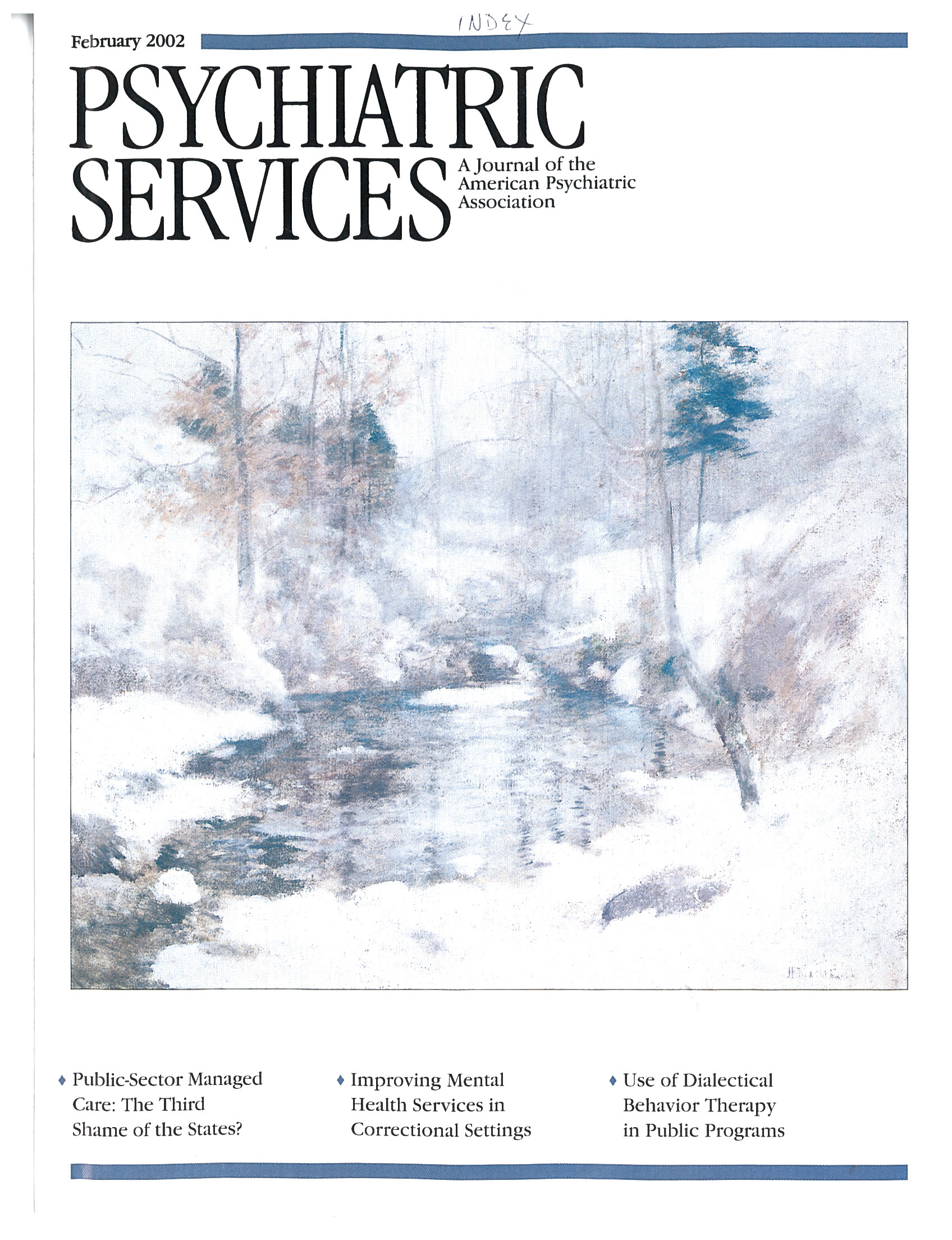No longer confined to either/or questions about masculinity/femininity and XX/XY chromosomes, the fields of gender and sexuality studies have expanded to acknowledge the multiplicity of scientific phenomena and personal experience. In The Psychology of Gender and Sexuality, Wendy and Rex Stainton Rogers take on the enormous task of outlining the history and developments of these vast fields while simultaneously challenging the reader to maintain a critical eye on what we "know," how we have come to know it, and the significance of this knowledge. The authors introduce the book as an "overtly critical text" designed to stimulate the reader to consider "the interplay of language, knowledge, and power" in psychological studies.
The book is divided into three parts. The first part outlines the three mainstream paradigms within which psychologists have generally researched and theorized about gender and sexuality: biological; social and cultural; and interactive, or nature-nurture. These chapters cover a lot of ground and would make dense reading for someone new to these topics, but they do meet the authors' stated objective of providing a basic grounding in the mainstream approaches.
Part 2 presents the challenges to mainstream approaches—the liberatory, feminist, and postmodern challenges. The discussion of the diversity of feminist schools of thought is enlightening, especially for the reader who harbors a suspicion that feminism is defunct. This discussion includes an interesting presentation of the emergence of gender as a topic in psychology, which began with the recognition that the language of traditional psychological research strongly affected the way people perceived men and women and therefore the way that people behaved in relation to one another.
This discussion leads nicely into the topic of the next chapter, postmodern challenges and the idea that psychological theorization is, as Foucault (
1) termed it, a "strategic use of power" in which knowledge is constructed, given meaning, and dispersed to the general population where it is held to be "the truth." The coverage of postmodernism is necessarily superficial, given the excruciatingly detailed and cryptic nature of critical theory, but the authors do a wonderful job of introducing the aim and methods of this fascinating approach.
Brief examples of the application of a critical approach to sexual behavior, body issues, sex crimes, and interpersonal relationships are given in part 3, which also contains a chapter on the manipulation of sex and gender in science fiction.
Given the various directions in which the fields are now going, any general text on gender and sexuality might be presumed to be too superficial to be of value. However, the authors of The Psychology of Gender and Sexuality have done an admirable job of introducing these complex, meaning-laden topics—often still considered dualistically—and making it very clear that no knowledge should go unexamined.
The text includes useful suggestions for further reading, summary boxes, summaries of the implications for psychology, and a glossary of key terms. This book would be a valuable resource for the student who is new to these issues as well as for any professional who is not yet acquainted with critical theory.

